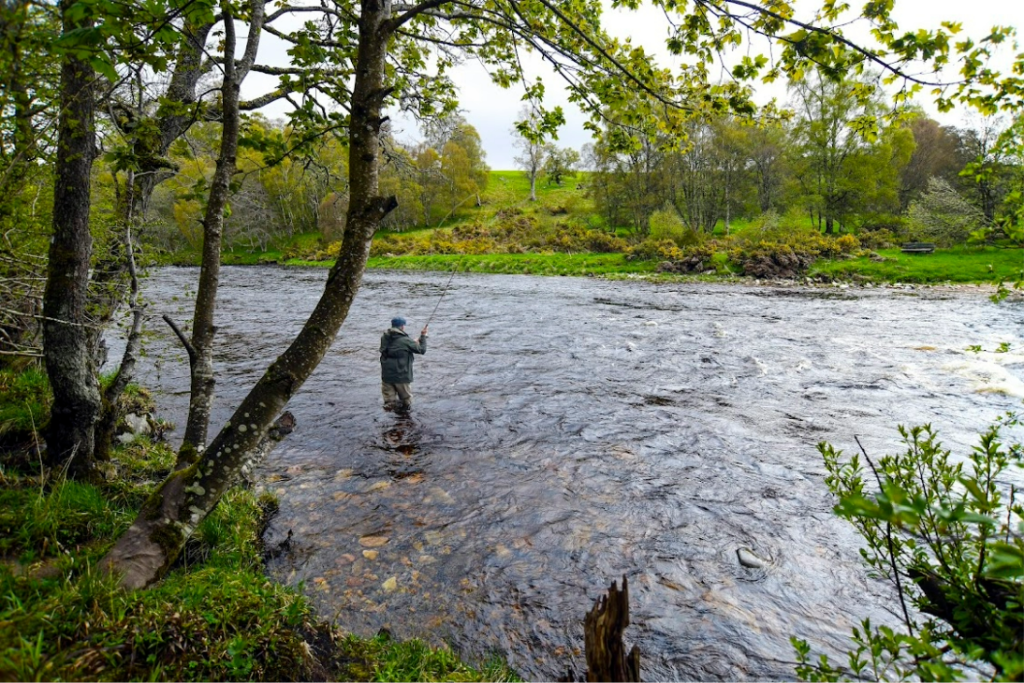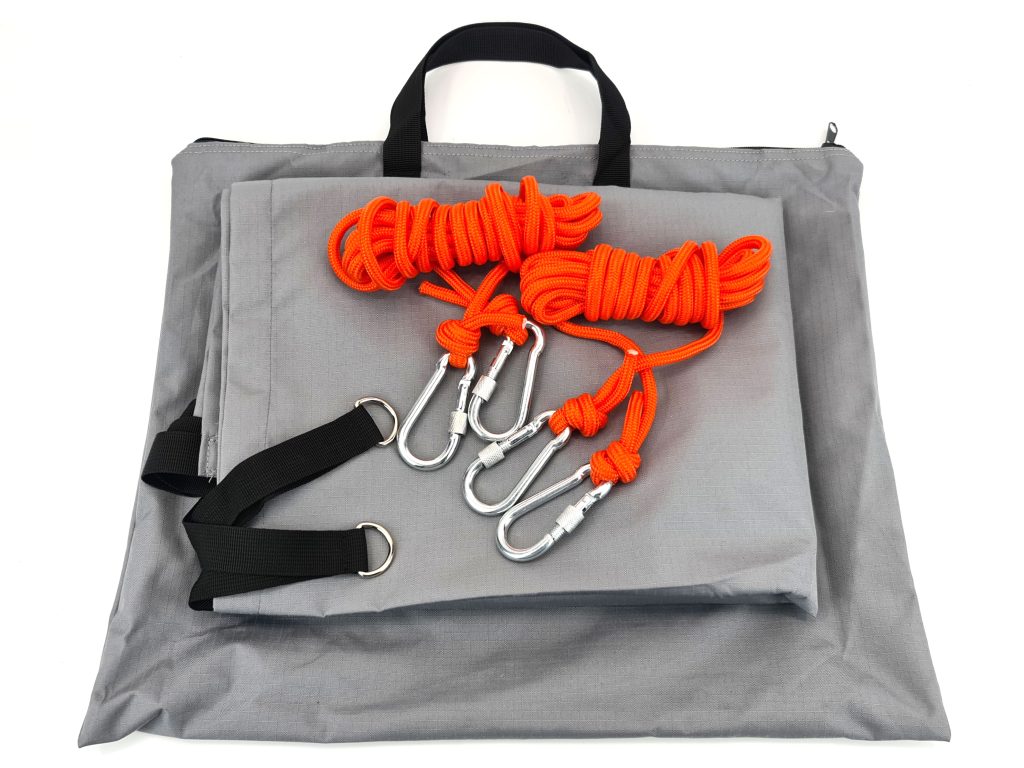How to save money buying tackle
Save money on fly fishing tackle with smart buying tips. Learn how to avoid overpriced gear, spot quality, time your purchases, and bundle for discounts. Discover secondhand deals, online auction advice, and the value of adaptable kit.
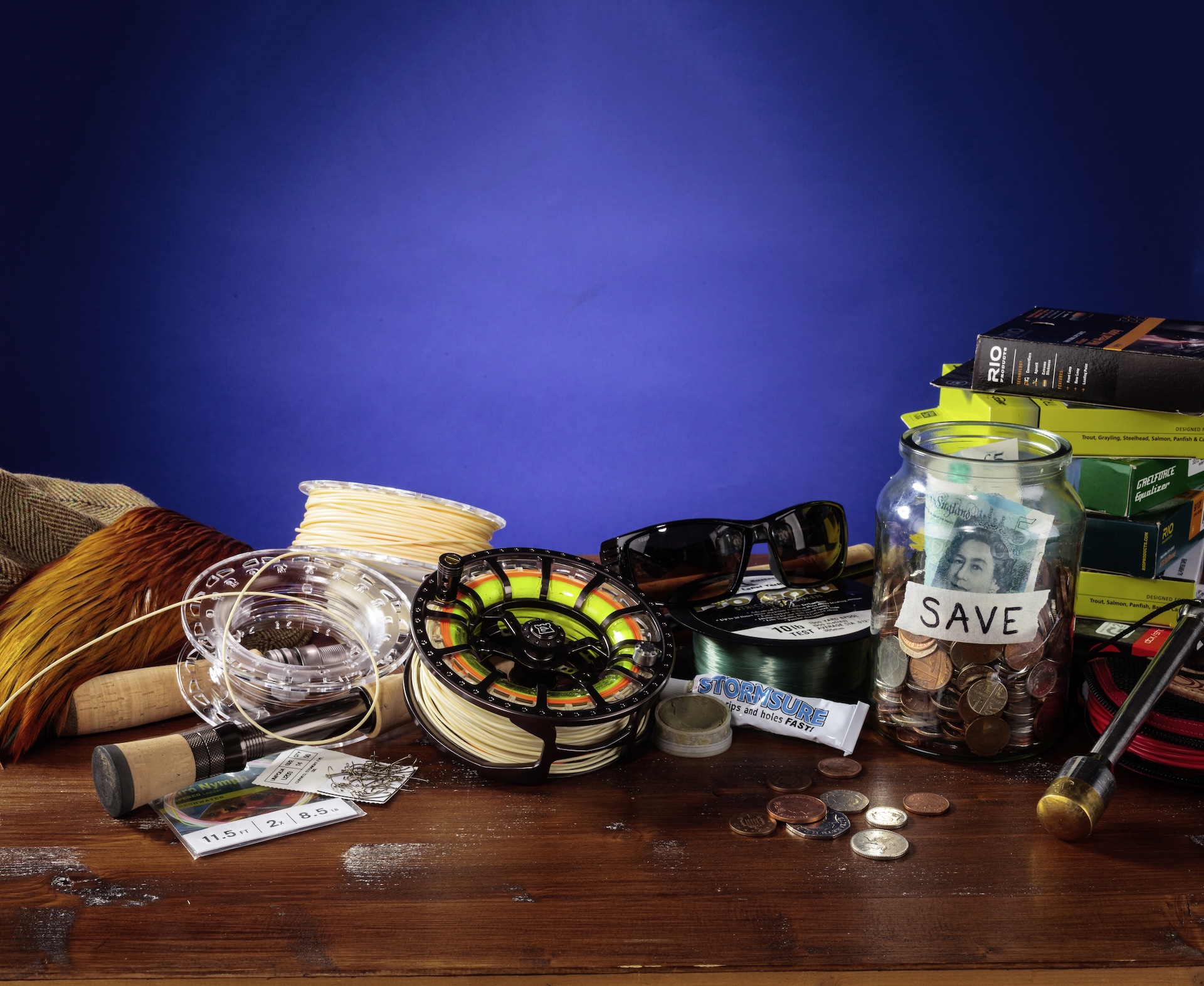
Fly-fishing tackle can be expensive. The cost of living and a bewildering amount of choice available online and with bricks-and-mortar retailers make saving money when buying tackle an imperative for most but not always easy to achieve. We hope the following advice will help you acquire some kit that will serve its purpose, give you pleasure to own and inspire you to fish more often.
The importance of pride in ownership
Our sheds and garages are full of discarded, unloved and disappointing tackle. Often this is a result of thinking short term, especially with rods and reels.
You may be torn between buying two rods and opt to save a few quid by buying the make that performs okay, looks okay, is fairly well made and suits your needs in that moment. But if you can afford to pay a little more to buy the make that really captures your heart and mind, it’s generally a good idea. You will never tire of pulling each section out of its bag. Many of us keep our first rod or reel all our lives.
It’s also best to buy a rod that will continue to perform as your casting skills improve or which can adapt to different styles of fishing as your interests broaden.
We like to “buy into a brand”. The marketers at the big tackle companies encourage this with their spiels about cutting-edge technology and their companies’ proud histories. We should retain a healthy scepticism. Quality is the overriding factor.
Match and bundle
Try bundling to save money on tackle combinations. Shops often sell waders and boots together, offering a discount if you buy both, sometimes throwing in the boots for “free”. The same is true of reels and lines, jackets and overtrousers. But why not try suggesting your own bundle to the store: “I’ll buy the rod, and I’d like to buy a reel from you, too – but only if you can you do me a deal.” You’ll have to do your research first, checking other stores’ prices, to see what would be a good price. Many stores offer to match a competitor’s price. You have nothing to lose by asking, and could save substantially with big-ticket items.
Beware of RRP
Sceptical about the size of the saving offered by the shop? Dubious RRP? According to Trading Standards, shops may use higher “reference prices” to show the saving to be made on their sale price. Reference prices may be the shop’s previous price, a competitor’s price or a recommended retail price (RRP), which is the price a supplier/manufacturer recommends to the retailer. RRPs must be genuine – the retailer should be able to substantiate them.
In general, reference prices should have been maintained for the same time or longer than the sale price. The reference price should have been changed recently, reflecting the product’s current value. Substantial sales should have been made at the reference price or the price should be realistic – ie customers might reasonably buy the product at that price.
Find out more at here. To make a complaint, call Trading Standards: 0345 4040 506.
Avoid false economies
Will it last a year or three? This question should especially be posed for smaller tackle items. Cheaper boots can fall apart in one season. Low-priced retractors are easily broken. Plastic marrow spoons can snap with little force. Zips can jam or break. Buying quality goods that will last is a maxim that’s especially true in fly-fishing.
Trust our tests
While many competent anglers will have cast a few rods and be able to recommend or dismiss them, few are able to cast and compare 15 or 20 rods or fly-lines under the same conditions at the same time. Trout & Salmon’s group tests (pictured below) are a unique opportunity to fairly assess tackle performance. Follow our verdicts and you’ll cut the costs of buying tackle by making the right decision first time.
Our testers are not only expert fishermen, but as full-time instructors they have a unique insight into the varied abilities of fly-fishers. Every day they cast their pupils’ different rods. They also have technical knowledge of how rods and lines work. Our tests are published regularly each year in print and online: 9ft 5wt rod test, 14ft 9wt rod test, and 7wt and 8wt cassette fly reel test.
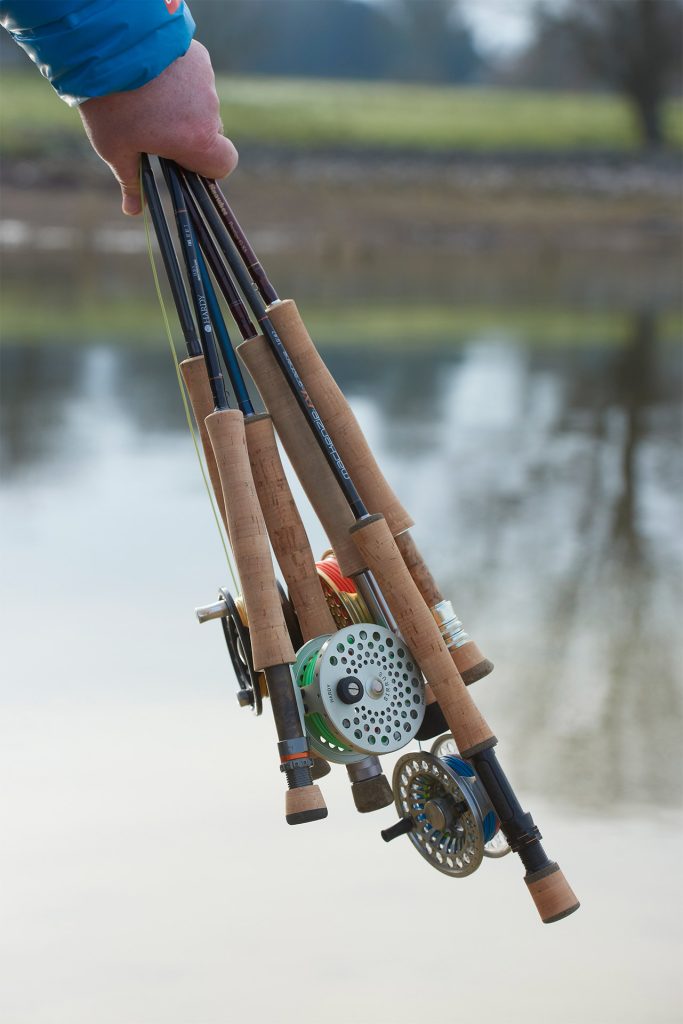
Online auctions
Ebay and other online non-specialist sites are great places to save money buying tackle, but when buying online take precautions. Ebay offers a Money Back Guarantee protection if your purchase is faulty or doesn’t arrive or match the product description. Read Ebay’s Safety Centre to avoid common pratfalls and know your rights. Similarly Gumtree, Facebook Marketplace and Amazon Marketplace. We recommend you quiz the seller and gauge their tackle knowledge. Where have they fished? How much do they know about the tackle? Where has the tackle been used? Is it new or secondhand? Also consider problems with distance selling: will your reels fit a rod’s reel seat? How old is that copolymer? Has that Arctic fox come from a responsible source?
Save by part-exchanging
Some shops sell secondhand gear and may offer you a deal for your old kit. But check to see if you would you get more for it by selling it online or on local classifieds.
Hidden costs
Shops should not hide extra costs, but as customers we can still overlook them. When comparing prices between retailers, factor in the post and packing. Is the retailer UK-based? Some sites appear British but are foreign with a UK facade and their P&P can be eye-watering. Check the interest rate and terms if you make use of store credit.
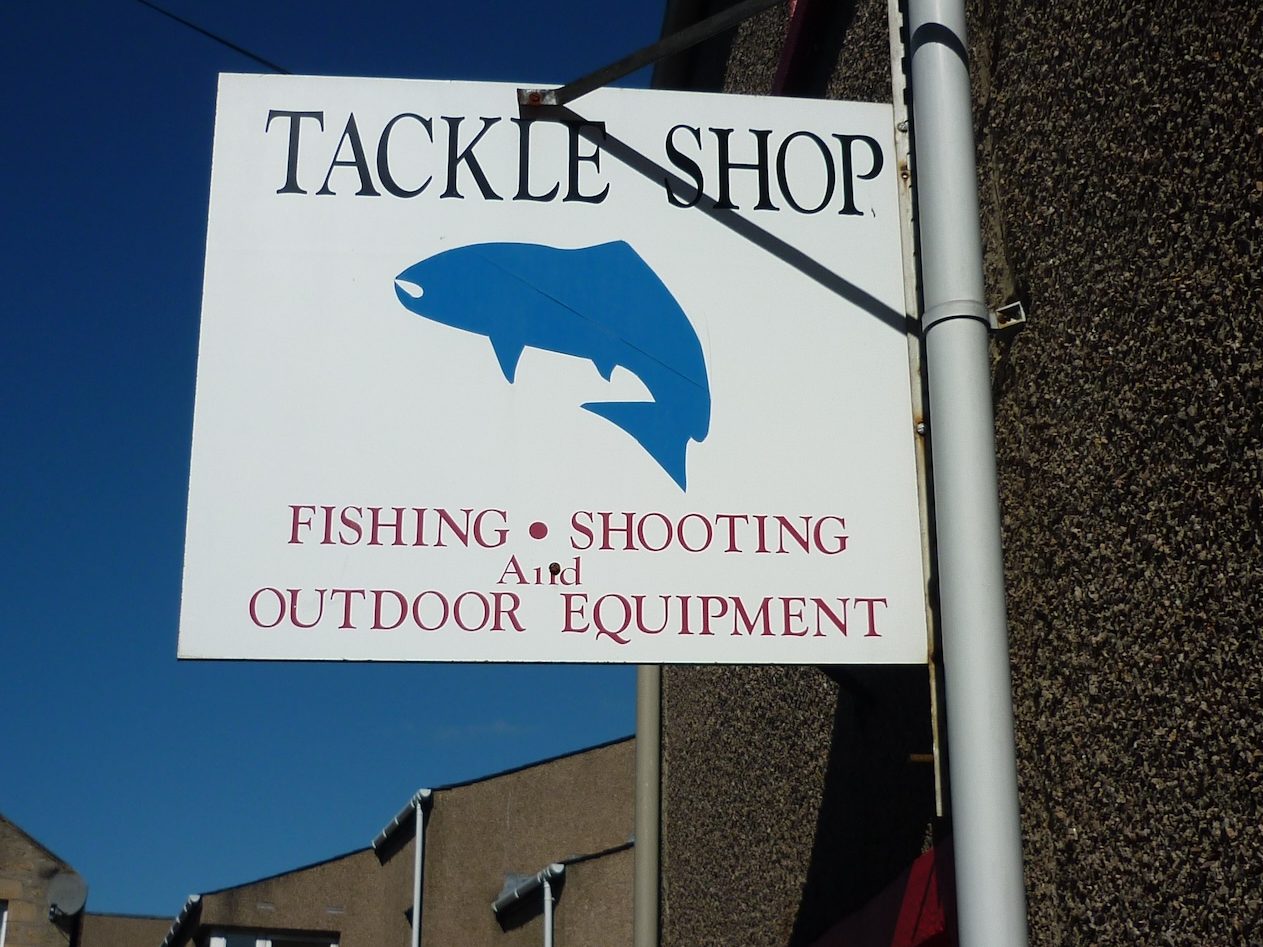
Put a price on good advice
If a shop gives you great advice, value it. Don’t pay over the odds, but understand that you may wish to return time and time again, and build a trusted relationship. If you milk them for advice and then go elsewhere for the sake of a couple of quid, you may be cutting off your nose to spite your face. That’s why T&S backs local and specialist tackle-shops rather than conglomerates who may also sell washing machines and toys.
What about us?
There are numerous faceless websites: their “About Us” tabs reveal nothing of substance; and some don’t even publish a phone number if you need advice or are seeking redress. Try to check their credentials before you buy their tackle – or avoid them.
Avoid bells and whistles
Tackle-makers often add “extras” to basic products: retractors, waterproof bags, armpit zips. Some are useful, others are added to make a product stand out or inflate its price. You may not need rod stoppers, umpteen pockets and waterproof zips. Often a simpler, cheaper, functional product may do: waders and jackets that are simply waterproof.
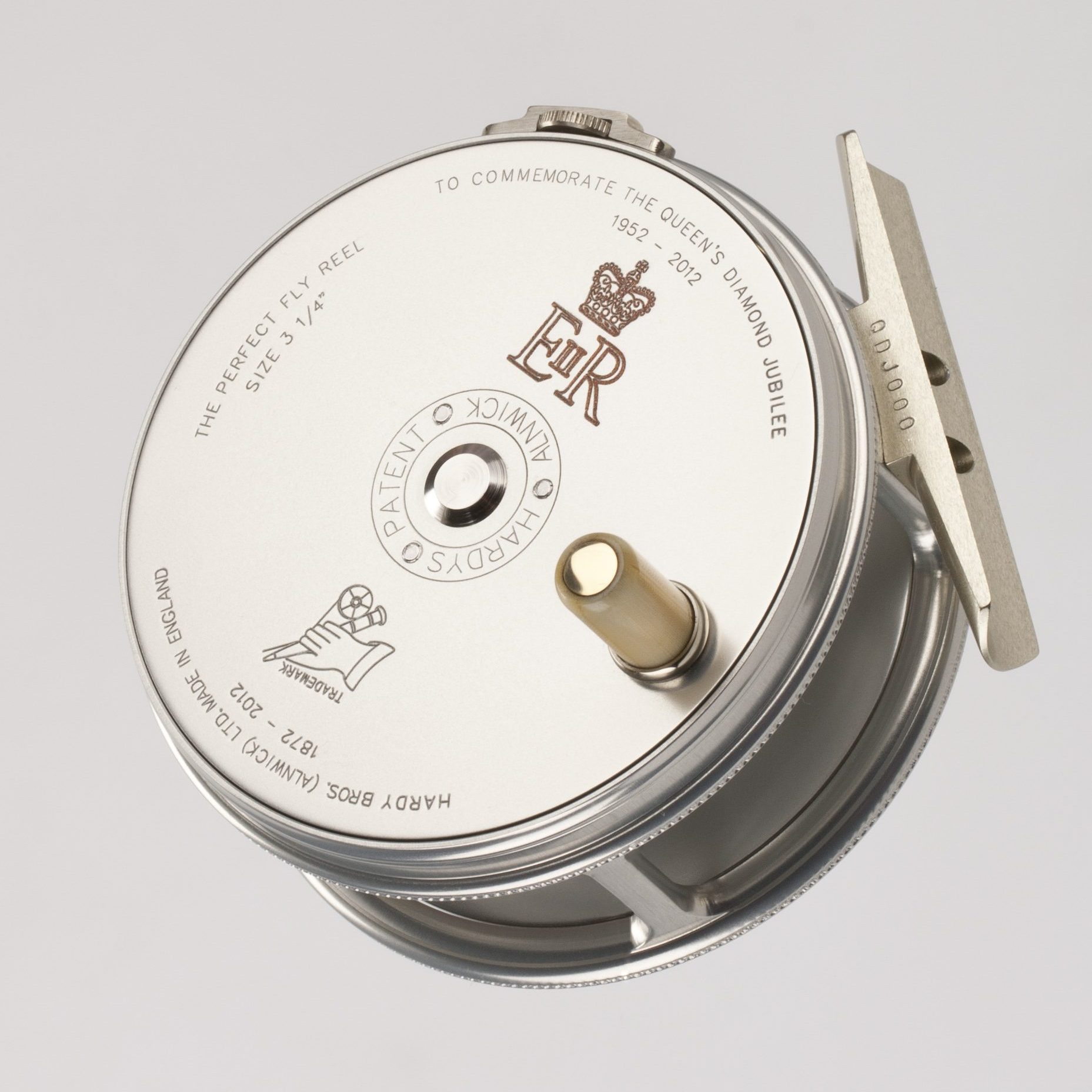
Invest in an heirloom
Judgement is needed to work out what may become an heirloom, a future “classic” or an antique. It’s not as obvious as it once was as some brands have become ‘mass market’. An heirloom will retain residual value and you will appreciate it forever, passing it down to sons or daughters like a watch. Provenance is important: keep proof of purchase and packaging. Specialist cane rods, limited edition reels (like the Hardy Perfect Jubilee, pictured) and flies tied by famous anglers may all be worthwhile investments.
The right time to save money
Wait for clearance sales, which often happen in autumn as the season ends or in January before new products are launched. Sometimes bigger stores will buy up old stock from makers and sell it on at great-value prices. It may be old stock but its performance may still be top-notch and not far behind the latest tech.
If you have some great buying advice, or some useful cost-saving tips, we’d like to hear from you. Write to Trout & Salmon at troutandsalmon@twsgroup.com




